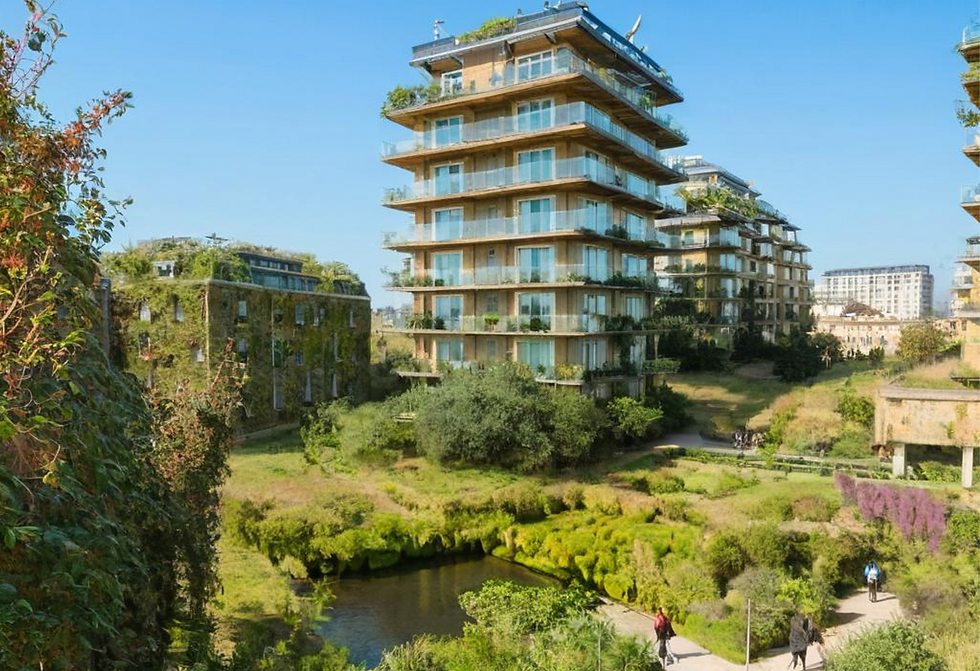New Publication: Improving Urban Habitat Connectivity
- Maggie MacKinnon
- Jul 23, 2023
- 1 min read
Habitat loss and fragmentation are primary threats to biodiversity in urban areas. Least-cost path analyses are commonly used in ecology to identify and protect wildlife corridors and stepping-stone habitats that minimise the difficulty and risk for species dispersing across human-modified landscapes. However, they are rarely considered or used in the design of urban green infrastructure networks, particularly those that include building-integrated vegetation, such as green walls and green roofs.
This paper uses Linkage Mapper to identify the least-cost paths for four native keystone birds to design a network of green roof corridors that ease native bird dispersal. The results identified 27 least-cost paths across the central city that connect existing native forest habitats. Creating 0.7 km2 of green roof corridors along these least-cost paths reduced cost-weighted distances by 8.5–9.3% for the kererū, tūī, and korimako, but there was only a 4.3% reduction for the hihi (a small forest bird). In urban areas with little ground-level space for green infrastructure, this study demonstrates how least-cost path analyses can inform the design of building-integrated vegetation networks and quantify their impacts on corridor quality for target species in cities.
Read the full article here: https://www.mdpi.com/2073-445X/12/7/1456




Comments